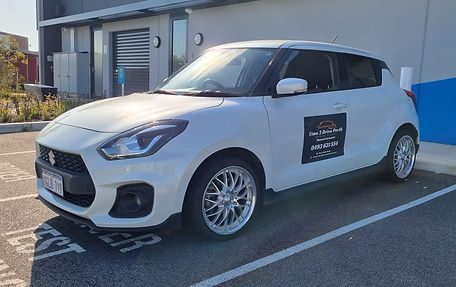USEFUL RESOURCES

10 Essential Tips for Beginners
-
Get Comfortable: Adjust your seat, mirrors, and steering wheel for comfort and proper visibility before starting the engine.
-
Check Your Surroundings: Always check your blind spots, mirrors, and use your signals before changing lanes or making turns.
-
Maintain a Safe Following Distance: Keep a safe distance from the vehicle in front of you to allow for adequate reaction time in case of sudden stops.
-
Obey Speed Limits: Stick to the speed limits posted on the road signs. Speeding reduces your reaction time and increases the risk of accidents.
-
Practice Defensive Driving: Be aware of your surroundings and anticipate potential hazards. Defensive driving means being prepared for the unexpected.
-
Avoid Distractions: Keep your focus on the road and avoid distractions like using your phone, eating, or adjusting the radio while driving.
-
Use Your Seatbelt: Always wear your seatbelt, and ensure that all passengers in the vehicle are buckled up as well.
-
Practice Parking: Spend time practicing parking in different scenarios, such as parallel parking and backing into a parking spot.
-
Stay Calm: If you encounter challenging situations or make mistakes while driving, stay calm, and focus on correcting the situation safely.
-
Practice Regularly: The more you practice, the more confident you'll become behind the wheel. Take advantage of driving lessons and practice sessions to build your skills.
Remember, becoming a skilled driver takes time and practice. Don't rush, prioritize safety, and always be mindful of the rules of the road.


Welcome!
Apply reward when placing your first order.

Get a 10% discount for each friend you refer
Get special perks for you and your friends
Get a 10% discount for each friend who books a session. Applies to the lowest priced session in the cart.
* Applies to the lowest priced item in the cart.

